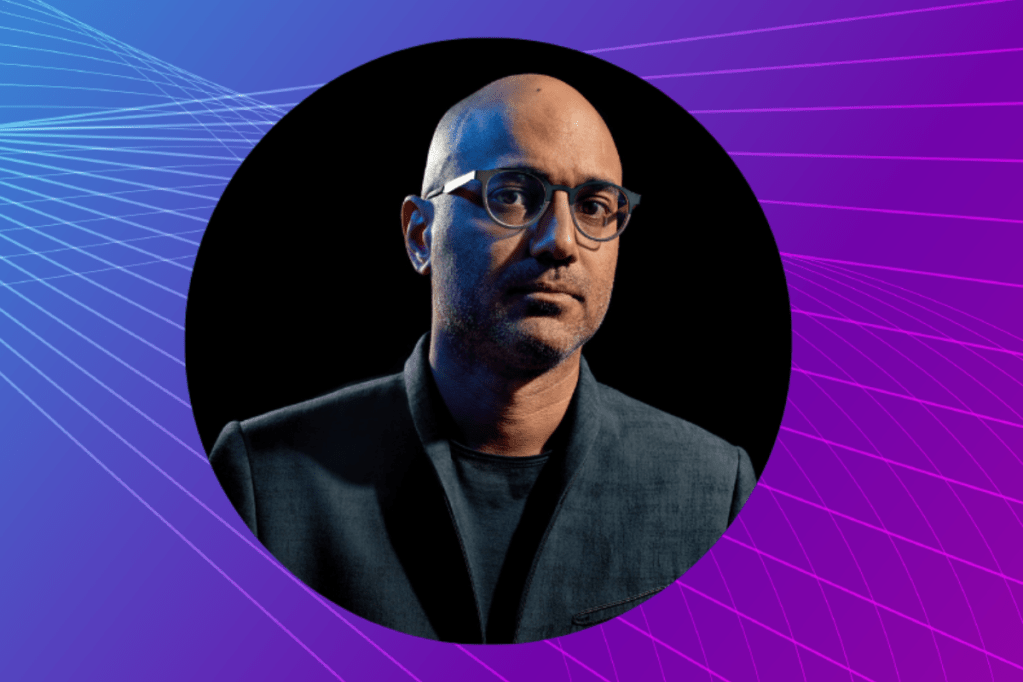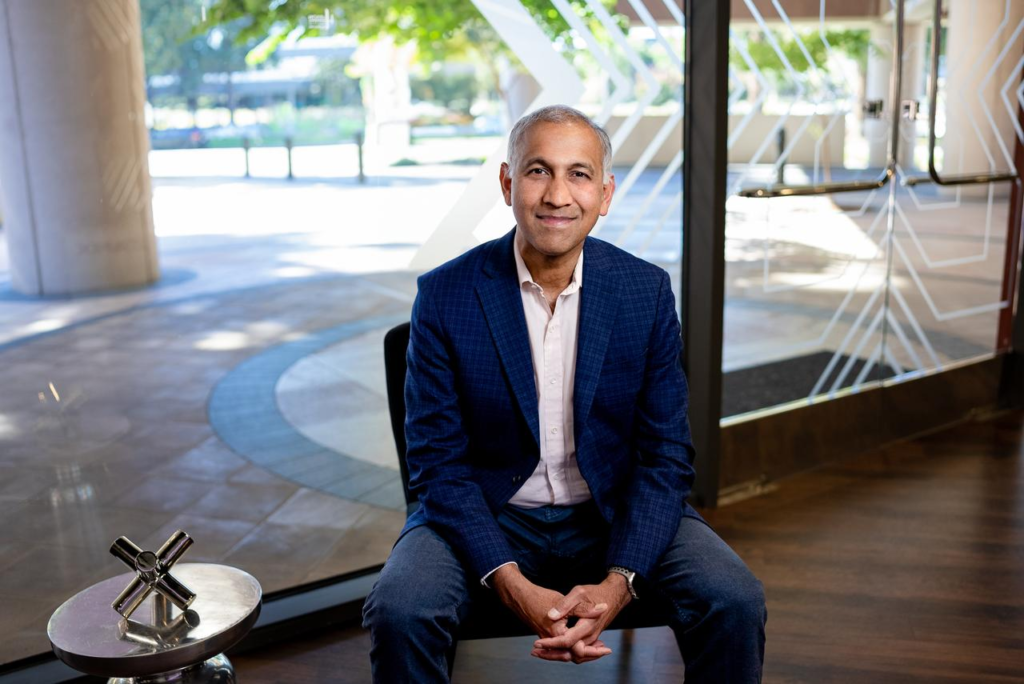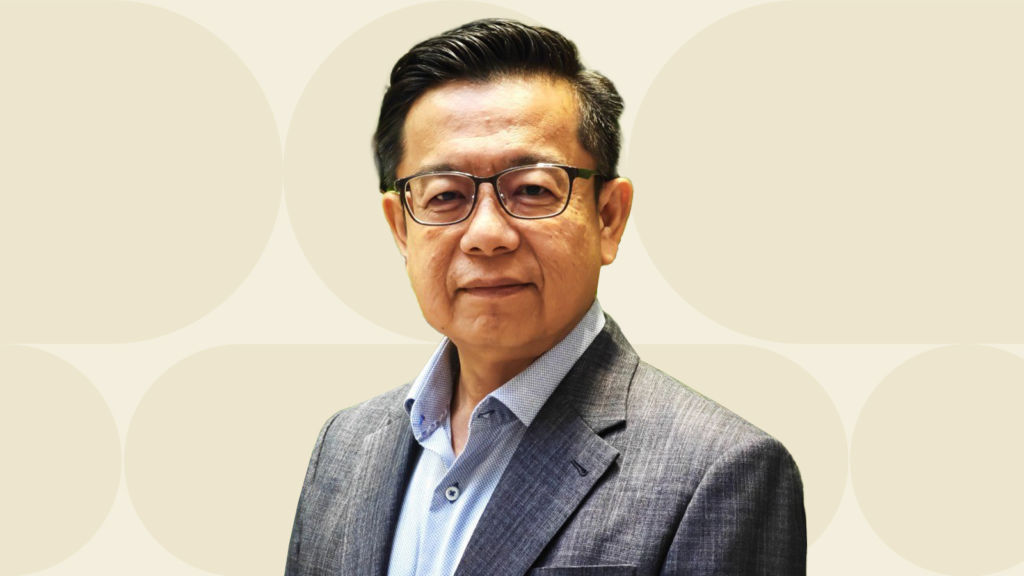Breaking down silos: Strategies for CIOs to foster cross-functional collaboration
Real-world examples of failures caused by organizational silos are plentiful. The tragic Boeing 737 Max crashes in 2018 and 2019 serve as a stark reminder of the dangers associated with fragmented communication and isolated teams. In the years leading up to the certification of the 737 Max, new Boeing software — Maneuvering Characteristics Augmentation System, or MCAS — was implemented to enhance the aircraft’s handling characteristics. However, the engineering team did not effectively communicate the system’s design, its implications, and potential risks to other departments, including safety and training teams. This breakdown in cross-functional communication had catastrophic consequences. In another example, the 2017 Equifax data breach exposed the personal information of approximately 147 million consumers. It was caused by a vulnerability that went unpatched due to a breakdown in communication between separate departments. This incident highlighted a severe lack of cross-functional security awareness, resulting in massive financial losses. These disasters emphasize the need for seamless collaboration across functions. In regular business life, the consequences are less dramatic but significantly impact resilience, innovation, and sustained growth. Understanding the urgency to break down silos The ability for teams to collaborate across the enterprise is directly linked to business success. IDC’s April 2024 Future Enterprise Resiliency and Spending Survey, Wave 4, showed that 43% of companies with a high level of success (greater than 80%) in GenAI proofs of concept and production rollouts have an effective process for coordination between IT and LOB teams. Furthermore, 47% of highly successful companies maintain strong relationships with strategic GenAI partners. As technology becomes increasingly central to business strategy, the need for IT to work seamlessly with other departments has never been more critical — yet many IT organizations still operate in isolation, focused on technical minutiae rather than broader business outcomes. Silos impede communication, stifle creativity, and hinder the agility needed to compete in a fast-paced business environment. This separation leads to redundant efforts, a lack of synergy, and a fundamental misalignment between IT capabilities and business needs. As CIOs, the task at hand is not just a nicety — it’s a strategic necessity that influences every facet of business. The CIO as a cross-functional leader In the “AI everywhere” era, the CIO’s role has evolved from merely overseeing IT infrastructure to becoming a pivotal force in driving cross-functional collaboration and organizational unity. To effectively break down silos and foster a culture of collaboration, CIOs must embrace an adapted leadership approach. The figure below provides an overview of the CIO as a cross-functional leader. IDC Holistic CIO leadership Modern CIOs must embrace holistic leadership, balancing technical expertise with business acumen and ethical considerations. This involves whole-brain thinking, adaptability, and an ecosystem orientation that views the organization as an interconnected system. Breaking down silos CIOs play a critical role in identifying and breaking down organizational silos. This includes program management to implement strategies for breaking down silos, such as analyzing current structures, information flows, and workflows. This involves setting shared goals and creating compelling narratives that resonate across departments. It also concerns identifying communication gaps and redundancies and proactively removing these barriers through strategic initiatives and the use of technology to improve communication between departments. Catalyst for synergies The effective CIO acts as a catalyst for cross-functional synergies, creating an environment where diverse teams can collaborate seamlessly. By fostering open communication channels and promoting a culture of shared goals and mutual respect, CIOs can unlock unprecedented levels of innovation and productivity. Embracing paradoxical leadership CIOs must effectively balance seemingly contradictory approaches such as strategy versus execution, innovation versus risk, and centralization versus decentralization. By seeking synergistic solutions, CIOs can create win-win scenarios that maximize benefits across multiple stakeholders’ perspectives. Systems thinking in action: Fostering empathy and integration CIOs must demonstrate systems thinking, which involves understanding how changes in one part of the organization can affect others. They should also cultivate cross-functional empathy — appreciating the challenges and priorities of different departments — and promote integrated problem-solving that brings together diverse perspectives. These skills are crucial for a CIO who wants to promote collaboration. By appreciating the interconnectedness of various functions and demonstrating empathy toward their unique challenges and perspectives, CIOs can drive integrated and innovative solutions that benefit the entire organization. Orchestrating governance frameworks A robust governance framework is essential for sustaining cross-functional collaboration. CIOs must orchestrate these frameworks to provide the necessary structure and oversight, ensure alignment with organizational goals, and facilitate quick adaptation to changes. This governance is the backbone for continuous improvement and effectiveness in collaborative efforts. Enabling technology Technology serves as an enabler, bridging gaps and connecting teams. Implementing advanced data-sharing platforms, communication tools, and collaborative software can significantly diminish the physical and cognitive boundaries between teams. CIOs must champion these technologies while maintaining security and leveraging AI-powered solutions to identify collaboration opportunities and automate processes. By embodying these principles, CIOs can transform their organizations into agile, collaborative powerhouses ready to tackle the challenges of the digital economy. As cross-functional leaders, CIOs not only drive technological innovation but also foster collaboration that percolates through the entire organization, ultimately leading to enhanced efficiency, improved customer experiences, and sustained competitive advantage. A strategic call to action Breaking down silos requires a structured approach. Here’s a road map for CIOs: Short-term initiatives Begin with small, impactful steps: conducting audits to identify silos and initiating pilot projects to demonstrate the value of cross-functional teams. Create pilot cross-functional teams to tackle specific challenges. Provide visibility and celebrate success to engage with more stakeholders. Medium-term tactics Scale successful pilots and formalize governance structures to build momentum. Invest in shared understanding by establishing a common language and aligning on shared goals. Create a dedicated platform for data and resource sharing. Long-term vision Maintain collaboration through regular review and refinement of processes. Build a resilient and adaptable IT organization with flexible structures. Measure success through collaboration-focused KPIs and OKRs. Conclusion By implementing these strategies, CIOs can transform their organizations into agile, collaborative powerhouses ready to tackle the challenges of the
Breaking down silos: Strategies for CIOs to foster cross-functional collaboration Read More »










